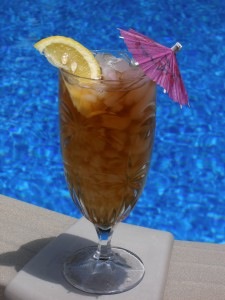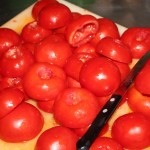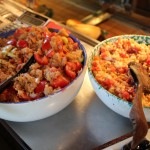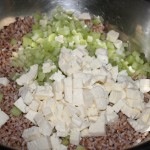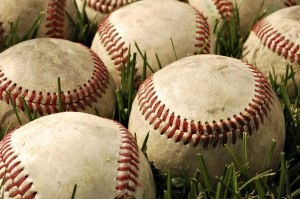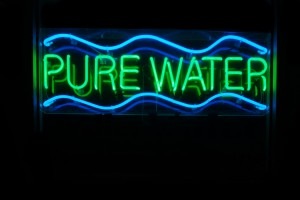Lazy, Hazy Days Of Summer
It’s summer. It’s hot. You’re thirsty. You want some shade and something cool – or maybe ice cold – to drink.
Just remember – a lot of those cool, refreshing drinks come with a hefty dose of calories.
Check Out The Calories
You might be surprised at the caloric content of a drink you have been having for years. There is a wide variation in the number of calories even in the same category of drinks. Do a little research and learn your best choice and then make that your drink of choice. You often can be satisfied with, for instance, a bottle of beer that has around 100 calories rather than another brand that has around 300.
Of course, there’s always water, plain or flavored (beware the vitamin enhanced kinds with added sugar)!
Non-Alcoholic Drinks:
Water and Sports Drinks
- Gatorade: 12 oz, 80 calories
- Propel: 24 oz, 30 calories
- SoBe Lifewater: 20 oz, 90 calories
- Glaceau Smart Water: 33.8 oz, 0 calories
- Vitamin Water: 20 oz, 125 calories
- Vitamin Water 10: 20 oz, 25 calories
Iced Coffee and Tea Drinks
- Dunkin’ Donuts Vanilla Bean Coolatta: 16 oz, 430 calories
- Dunkin’ Donuts Sweet Tea: 16 oz, 120 calories
- Starbuck’s Coffee Frappuccino: 16 0z (grande), 240 calories
- Starbuck’s Coffee Frappuccino, light: 16 oz grande), 110 calories
- Tazo Unsweetened Shaken Iced Passion Tea: 0 calories
- Iced Brewed Coffee with classic syrup: 12 oz (tall), 60 calories
Soda
- Coke Classic: one 20 oz bottle, 233 calories
- Diet coke: one 20 oz bottle, 0 calories
- Mountain Dew: one 20 oz bottle, 290 calories
Alcoholic Drinks:
Beer
- Sierra Nevada Bigfoot Ale: one 12 oz bottle, 330 calories
- Samuel Adams Brown Ale: 160 calories
- Amstel Light: 95 calories
Wine
- Red Wine: 5 oz, 129 calories
- White Wine: 5 oz, 120 calories
- Sangria: 8 oz, 176 calories
Alcoholic Drinks
- Mojito: 7 oz, 172 calories
- Frozen Magarita: 4 oz, 180 calories (the average margarita glass holds 12 oz, 540 calories)
- Mimosa: 137 calories
- Gin and Tonic: 175 calories
SocialDieter Tip:
According to CSPI (Center for Science in the Public Interest), carbonated soft drinks are the single biggest source of calories in the American diet. We tend to forget about the calories in sugared sports drinks and in sweetened ice teas, juices, and alcoholic beverages. Alcohol has 7 calories per gram — compared to protein and carbs which have 4 calories per gram and fat which has 9 calories per gram. Couple the alcohol with sweetened juices, syrups, and, in some cases, soda, and you could be drinking a significant portion of your suggested daily calorie allowance. There are low and lower calorie choices in each category of cold drinks. Choose wisely, sip slowly, limit the repeats and/or alternate with water, seltzer, diet soda, or iced tea or coffee.
